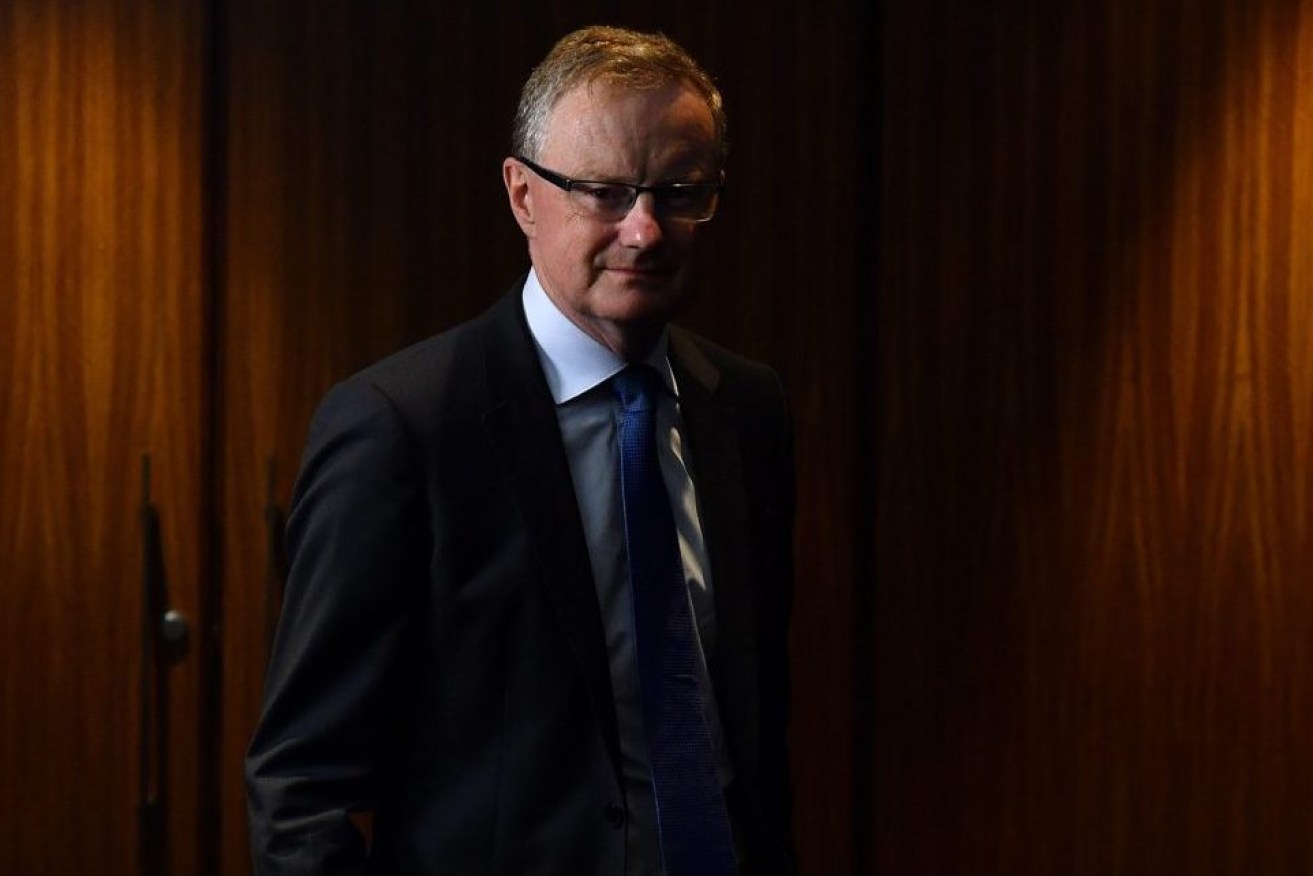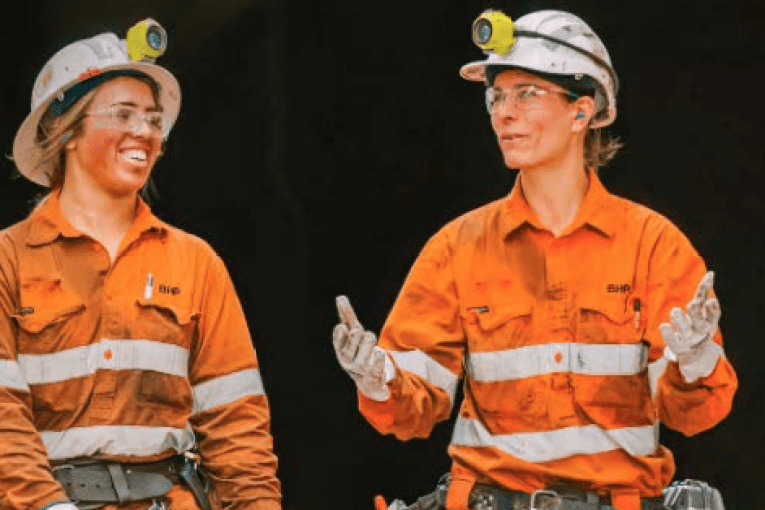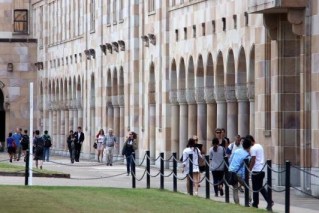RBA meeting may see dramatic change for rates, property
A meeting of the Reserve Bank Board tomorrow could reshape the housing and job markets as well as spending in Australia.


Governor of the Reserve Bank of Australia (RBA) Phillip Lowe(AAP Image/Joel Carrett)
The board will make a decision on whether it will start to ease the huge stimulus it has delivered to the economy through what is known as quantitative easing, or the buying of three-year and 10-year bonds.
However it decides, the impacts from the Brisbane meeting will be profound because the bond buying underpins domestic bank lending for housing as well as the value of the Australian dollar.
The policy has been a key driver in Australia’s economic recovery but if the Reserve decides that it is time to turn off the taps the flow on effects could be significant.
AMP Capital’s Shane Oliver said he expects some easing in how much the RBA spends in buying bonds while Gene Tunny, from Adept Economics said it would make sense for the RBA to signal some tapering of the program.
“It would make sense to do so, given the RBA’s ultra-loose monetary policy has played a large part in encouraging massive growth in credit for housing and, hence, rapidly rising property prices (up nearly 2 per cent in June and 15 per cent through-the-year in Brisbane-Gold Coast, according to CoreLogic.
“Longer-term, all the additional money in the economy will likely move on from inflating property prices to inflating consumer prices (e.g. as people spend the capital gains from properties they sell).
“The RBA would be on firm ground if it chooses to reduce its QE (i.e. bond buying) program. It should avoid destabilising the economy through an over-heated property market and by encouraging households to take on debts which may become problematic in future years when interest rates rise.’’
The NAB agrees.
“NAB’s view is that the RBA will not extend its 3-year yield curve control target and we also expect QE to be tapered (reduced) moderately in the third round to commence in September 2021,’’ the bank said.
“More importantly, by not rolling 3-year YCC, the RBA resets forward guidance to be outcomes‑based and opens up the possibility of rate hikes earlier than 2024 if economic outcomes develop favourably.
“Markets are already there, fully pricing rate hikes to 0.25 per cent.’’
Morgans economist Michael Knox said it was too early to start winding back the stimulus and that central banks around the world were likely to act in concert to wind back QE.
But he said he did not think the RBA would make a move at tomorrow’s meeting.
“I think it will reaffirm quantitative easing as far as the forecast horizon can see,” he said.
ING agreed saying the simplest choice would be to continue QE for another six months and then review.
“This would be the simplest choice as it avoids any hint of taper, which the Fed is still mulling, and thus prevents the RBA from looking hawkish relative to the Fed,” ING said.
“It potentially leaves the RBA looking quite a bit more accommodative than the US Fed during early 2022, when we believe that actual tapering in the US will take place. But it also leaves open the possibility for signalling a future slowdown in the pace of asset purchases at one of the RBA meetings close to the end of the year, which could reduce the distinction.”












